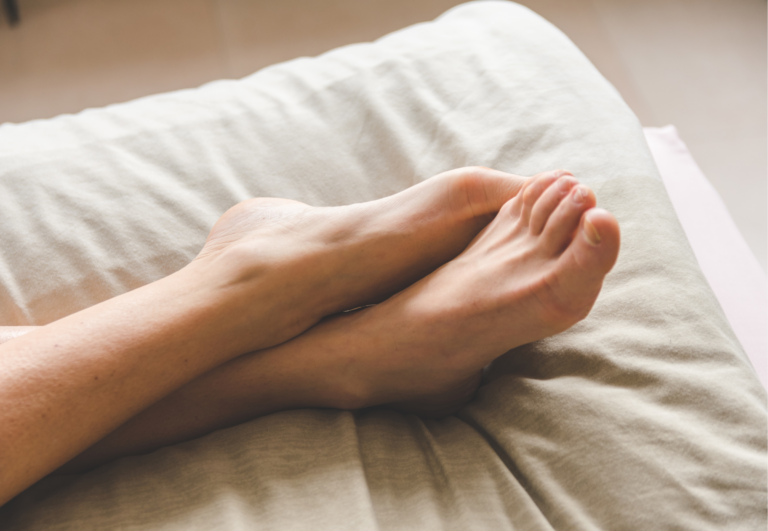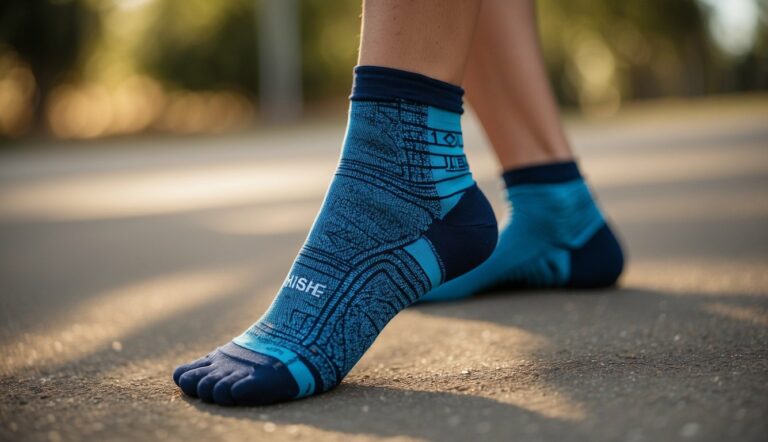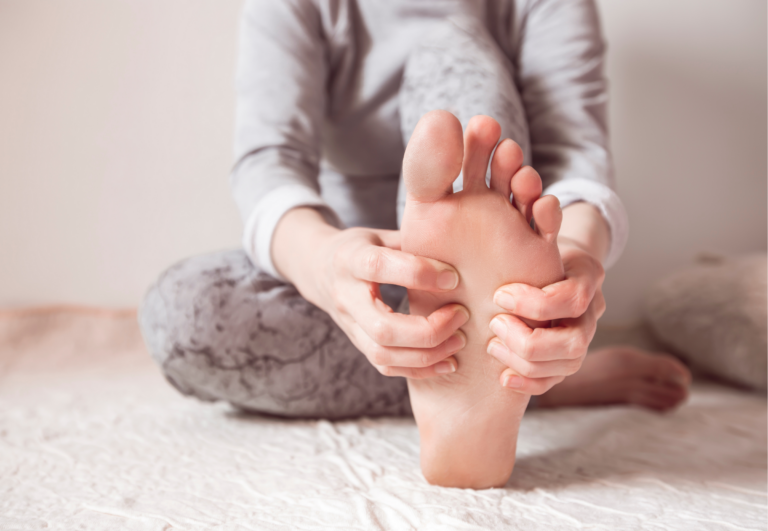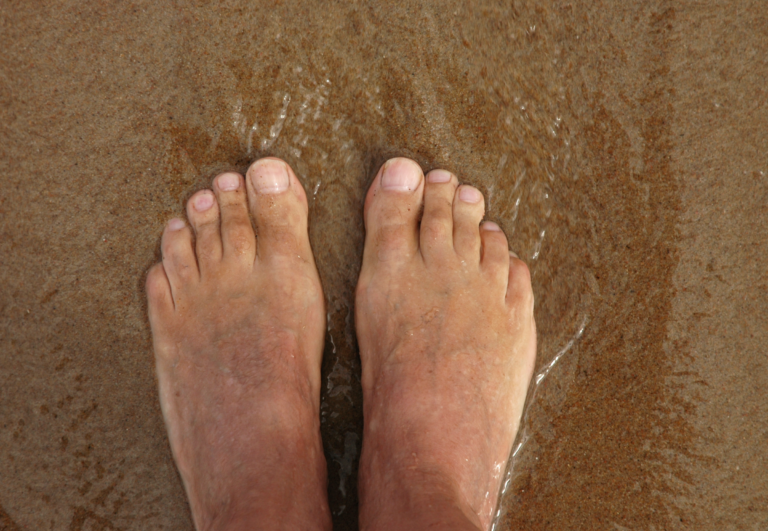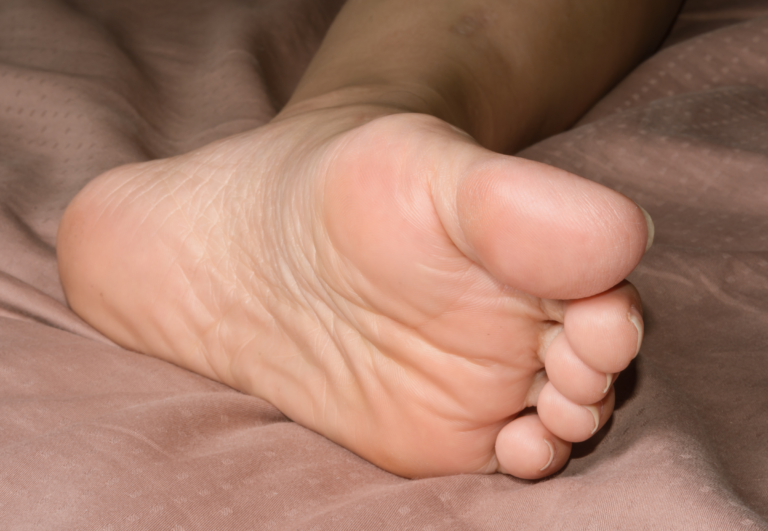Best Practices for Toe Spacer Use: Maximizing Comfort and Alignment
Toe spacers are a simple yet effective tool I’ve personally found to aid in maintaining proper toe alignment, which can help alleviate and prevent foot pain. Through consistent use, they can improve balance and increase the strength of foot muscles. For individuals who spend a lot of time on their feet or have conditions like bunions, toe spacers can offer extra comfort and support.
In my experience, the key to reaping the benefits of toe spacers lies in selecting the right type and using them correctly. Regular use, especially during weight-bearing activities, has been shown to have positive effects on foot health. While some may opt for toe spacers as part of a corrective regimen suggested by a podiatrist, they can also be used proactively to help keep feet in good condition.
Comfort is paramount when using toe spacers, which is why it’s important to start slowly and increase the duration of use over time. This gradual approach allows the feet to adapt to the spacers, preventing any unnecessary discomfort. Remember, the goal is to support your feet to achieve better overall foot health and comfort.

Using Toe Spacers Properly
Toe spacers can greatly enhance foot health by realigning the toes to their natural position. Selecting the right material and sizing is crucial for comfort and effectiveness.
Materials and Types
Toe spacers are designed from a variety of materials, each offering distinct benefits:
- Silicone: Flexible and soft, silicone toe spacers provide comfort and are washable, making them a reusable choice for daily wear.
- Gel: Gel-based spacers conform well to the foot’s shape and are generally thinner than silicone, suitable for use with snug-fitting footwear.
- Foam: Foam spacers are lightweight and often disposable, ideal for temporary use after a pedicure or for relief from brief foot pain.
- Medical-grade Gel: These are specifically designed for durability and to provide a cushioning effect during extended use.
Proper Sizing and Fit
Choosing the right size toe spacer is as important as the material:
- Measurement: Ensure that you measure the space between your toes to find a fit that’s not too tight to avoid discomfort or not too loose which can result in ineffective spacing.
- Trial: Wear the toe spacer for a short period at home to test the fit before using it for an extended time.
By correctly selecting materials and ensuring proper sizing, toe spacers can be an effective tool in maintaining toe alignment and foot health.
Application and Wearing Schedule
When starting with toe spacers, it’s crucial to introduce them gradually to allow your feet to adapt. Consistency and proper scheduling can enhance the benefits while minimizing discomfort.
Daily Use Recommendations
I recommend beginning with short intervals of wearing toe spacers, such as 15-20 minutes daily, and slowly increasing the duration over time. It’s best to wear them while you’re in a relaxed state, like when sitting or during sedentary activities. Regular use can help in achieving better alignment and providing relief from foot pain.
- Week 1-2: 15-20 minutes while sitting or standing
- Week 3-4: 30-40 minutes, can include period of walking
- Week 5+: Up to 1 hour, as comfort allows
| Timeframe | Duration | Activity |
|---|---|---|
| Week 1-2 | 15-20 minutes | Sitting/Standing |
| Week 3-4 | 30-40 minutes | Walking |
| Week 5+ | Up to 1 hour | Walking/Yoga |
Exercise and Activity Integration
Incorporate toe spacers during exercise routines such as yoga or when engaging in mindful walking to promote toe dexterity and alignment. Ensure that activities allow for toe movement and don’t cause excess pressure. For dynamic workouts or activities, check for any discomfort and avoid continuous use if pain occurs.
- Yoga: Focus on poses that foster foot strength and balance.
- Exercise: Use during low-impact, barefoot exercises.
Listening to my body is key. If I notice any discomfort, I reduce the intensity or take a break. Over time, my feet can adjust to the spacers, making them a valuable tool for my foot health routine.
Safety and Precautions
When using toe spacers, it’s essential to prioritize safety to prevent discomfort or injury. Toe spacers can help reduce friction and irritation, but they need to be used correctly.
Consulting a Podiatrist
Before I started using toe spacers, I made sure to consult a podiatrist. This healthcare provider can assess your foot health and determine if toe spacers are appropriate for you. They allow for a custom fit to avoid additional friction, which can lead to blisters and calluses.
Addressing Foot Concerns
Once you get the green light from your podiatrist or healthcare provider, start slowly. Discomfort should be minimal. If you experience any irritation or injury, it’s possible that the toe spacers are not fitted properly or your feet are not yet accustomed to them. In the case of persistent discomfort or the development of corns, blisters, or calluses, consult with your healthcare provider promptly.
Choosing the Right Toe Spacers
When selecting toe spacers, it’s important to consider the brand, price, and quality. These factors can greatly influence their effectiveness and comfort.
Comparing Brands and Prices
- Mind Bodhi: Priced moderately, known for comfort.
- Pedifix: Offers a range of products including toe spacers, typically budget-friendly.
- ZenToes: Frequently recommended for their balance of quality and cost.
- Correct Toes: Higher priced, often touted for their design which aligns with the natural foot anatomy.
- Awesome Toes: Sold at a premium, these spacers are marketed as versatile and highly ergonomic.
Here’s a simple price comparison table:
| Brand | Average Price |
|---|---|
| Mind Bodhi | $15 – $20 |
| Pedifix | $10 – $15 |
| ZenToes | $10 – $20 |
| Correct Toes | $25 – $35 |
| Awesome Toes | $30 – $40 |
Prices may vary based on retailer and package quantity.
Identifying Quality Products
My experience has shown that the best toe spacers are ones that balance flexibility and firmness. Quality can be observed through:
- Materials: Medical-grade silicone is a top choice for its durability and hypoallergenic properties.
- Design: Look for ones that fit well between your toes, neither too tight nor too loose.
Brands like Correct Toes and Awesome Toes emphasize foot anatomy alignment in their design, which may justify their higher price point for some users. However, products from Mind Bodhi or ZenToes can also provide comfort and proper toe separation at a more accessible price.
When trying out new toe spacers, pay attention to how your feet feel during and after use. Good toe spacers should not cause pain or discomfort.
Maintenance and Care
When I use toe spacers, I follow a few simple steps to ensure they last long and stay hygienic. First, cleaning the spacers after each use is crucial. I gently wash them with mild soap and warm water to remove any sweat or dirt. If they’re made of silicone, they tend to be more durable, and I can also occasionally sanitize them with rubbing alcohol.
For durability, I’ve noticed that high-quality materials like silicone or gel extend the life of the toe spacers. I avoid excessive stretching or pulling, which can cause the spacers to tear.
Here’s a quick guide for storage:
- Dry: Ensure toe spacers are thoroughly dried before storing.
- Cool & Dry Place: Keep them away from direct sunlight to prevent warping.
- Separate: Store them in a separate pouch to avoid dust accumulation.
When it comes to hygiene, it’s important to prevent any infections or skin irritation. I make sure to:
- Regular Cleaning: Clean after each use as mentioned earlier.
- Check for Tears: Inspect them for any damages or tears that could harbor bacteria.
- Personal Use: Never share toe spacers, as it can lead to cross-contamination.
By following these practices, I ensure that my toe spacers remain functional and clean for everyday use.
Benefits and Use Cases
In my experience, toe spacers can substantially improve foot health. They are designed to address issues like bunions and enhance overall foot flexibility. Let’s explore how they can be beneficial in different scenarios.
Pain Management
Toe spacers work wonders for those struggling with foot pain, especially due to bunions. By gently separating the toes, they relieve pressure and reduce discomfort associated with bunions, offering pain relief without the need for medication or surgery.
Toe Realignment
Correct toes benefit from the consistent use of toe spacers. Over time, spacers can realign skewed toes, promoting the natural splay and spacing. This can be particularly helpful for individuals with flat feet, as it aids in distributing weight more evenly across the foot.
Enhanced Mobility
Increased flexibility and improved toe splay due to consistent use of toe spacers can lead to better balance and stronger foot muscles. This, in turn, enhances overall mobility and endurance, allowing people to stay active and enjoy a wide range of movements without discomfort.
